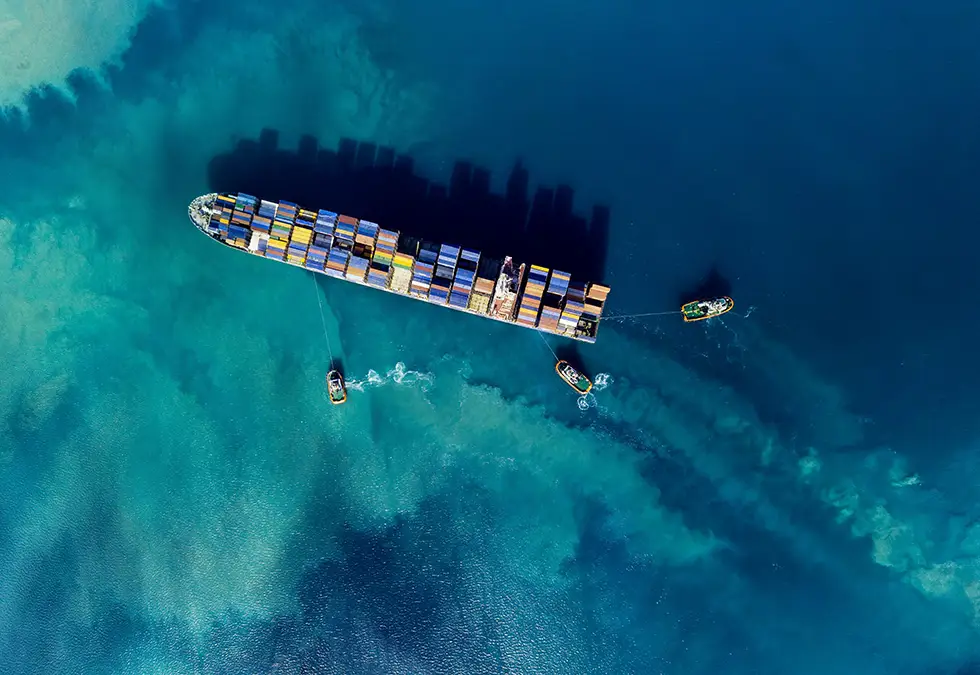This article was produced in collaboration with Insurance POST
Similarly to developments in the auto industry, unmanned seafaring vessels could become prevalent in the future. But today the trend is towards partial autonomy. Insurance POST's Valerie Hart looks at the prospects of improving vessel performance and safety, hurdles, and implications for insurance.
In some ways it is easier, and, in others, more difficult to automate ship operations than vehicles. Easier in there is a history of significant automation on certain vessels. Autopilot has long been used, with engine rooms periodically left unattended.
Paivi Haikkola, ecosystem lead at One Sea, says: “Large ships have many systems. The question is what system is going to be autonomous: is it the navigation or the propulsion? If we are looking for something truly autonomous, they would all need to operate autonomously. And for how long, as, at some point, they will need to be serviced and parts changed?”
“Navigation autonomy has been easier to develop as we already have the technology. Autonomy for propulsion systems is more complicated. Currently, engines require constant care. So far, manufacturers have not considered building engines that didn’t need care as there has always been personnel on board. There are solutions: for shorter voyages you can use electrical propulsion, which is easier for an autonomous solution to be built on top because of having less moving parts.”
Read the full article on Insurance POST
Related content
Is your cargo safe on board an autonomous vessel?
The future of transport: A brave new world?

 Insurance and reinsurance
Insurance and reinsurance
 Shipping and international trade
Shipping and international trade
 Transport and logistics
Transport and logistics
 United Kingdom
United Kingdom